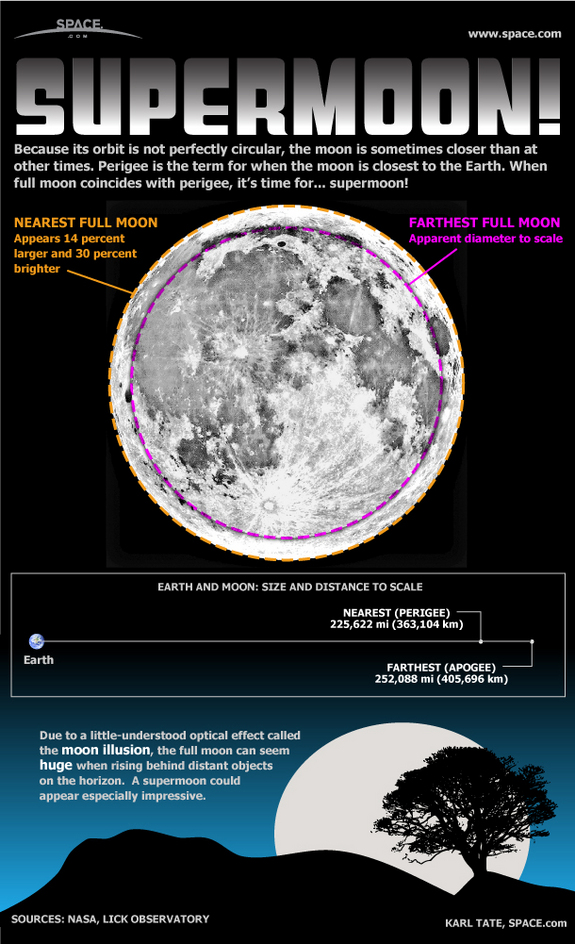Hey! Be sure to mark your calendar for June 5th and 6th to see the historic transit of Venus. This will be the last one of your lifetime, as the next transit will be in December 2117. You can check your local transit times here.
The transit of Venus occurs when Venus passes through the same orbital plane as Earth, thus enabling us to see it cross in front of the Sun (rather than above or below it). This is the same concept as the Moon eclipsing the Sun. This alignment occurs only every 243 years, with pairs of transits occuring 8 years apart (2004 was the last one) seperated by 121.5 and 105.5 year gaps.
Observing The Transit
First of all, never look direcly at the sun without proper eye protection. There are a few different ways you can go about observing the sun. The simplest and least expensive method would be some sort of projection. I won't go into all the details, but you can make a pinhole projector or project through a lens. You can use this technique if you have binoculars. (Never look at the sun through binoculars unless you have approved solar filters attached to the binoculars.) Hold the binoculars steadily pointed at the sun and a sheet of paper some distance away from the eyepiece on which to focus the sun's disc. This method is best if you have a way to secure the binoculars in position so the image is not constantly moving in and out of focus from your moving arms - trust me. It's also a great way to share the view with others. Me personally, I'll be projecting through binoculars. You can read more about these methods at spaceweather.com
Enjoy the event, and clear skies to you!
Tuesday, May 22, 2012
Tuesday, May 1, 2012
Hello May, Goodbye Venus
This month the Evening Star will dazzle as it begins its march toward the horizon (and across the sun). Venus will be at its brightest this week, reaching a magnitude of -4.7. The planet is making its way closer to earth, and will reveal its slim illuminated moon-like crescent phase in binoculars or a small telescope. Venus is soon to become the "Morning Star".
Cinco de Supermoon
This Saturday many of you will be celebrating Cinco de Mayo. Upon exiting your party, if you find that the Moon looks larger than you last remember, I'll tell you now that it was not the libations. The full moon on May 5th will be a "supermoon", appearing roughly 14% larger and 30% brighter! That's pretty fascinating! So let's take a look at how this will come to be.
Perigee: the point in the orbit of a heavenly body, especially the moon, or of an artificial satellite at which it is nearest to the earth. (definition from dictionary.com) The moon's orbit is not a perfect circle, so there is a point in its orbit when it is closer to earth than any other point, and when it is farther away than any other point (apogee). See my image below.
There are a few coincidences occurring together to make this full moon so spectacular. For one, the full moon is coinciding with the perigee. In addition, the perigee distance varies by about 3%, and this one will be as close as it gets. So, be sure to enjoy this special full moon, and have a safe Cindo de Mayo.

Source SPACE.com: All about our solar system, outer space and exploration
Perigee: the point in the orbit of a heavenly body, especially the moon, or of an artificial satellite at which it is nearest to the earth. (definition from dictionary.com) The moon's orbit is not a perfect circle, so there is a point in its orbit when it is closer to earth than any other point, and when it is farther away than any other point (apogee). See my image below.
There are a few coincidences occurring together to make this full moon so spectacular. For one, the full moon is coinciding with the perigee. In addition, the perigee distance varies by about 3%, and this one will be as close as it gets. So, be sure to enjoy this special full moon, and have a safe Cindo de Mayo.

Source SPACE.com: All about our solar system, outer space and exploration
Subscribe to:
Posts (Atom)
